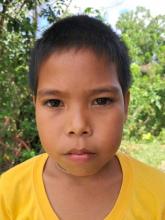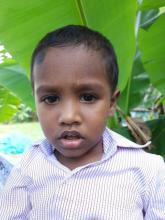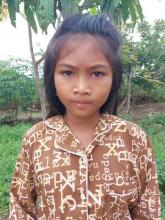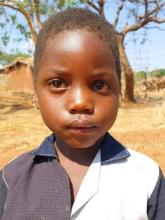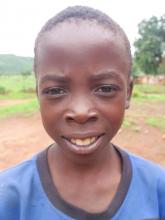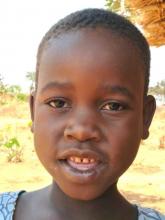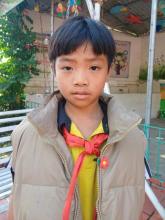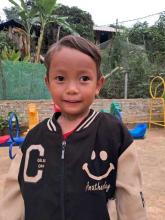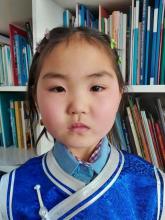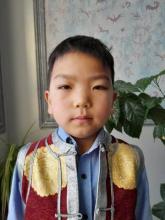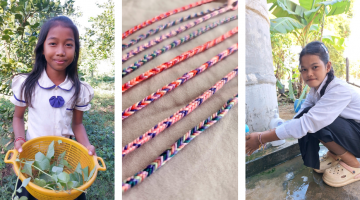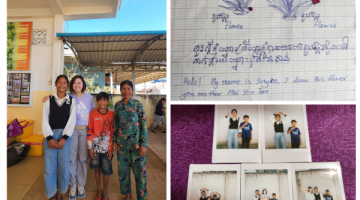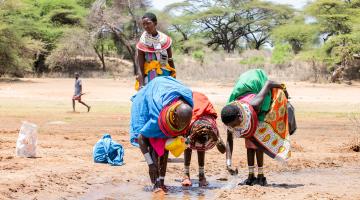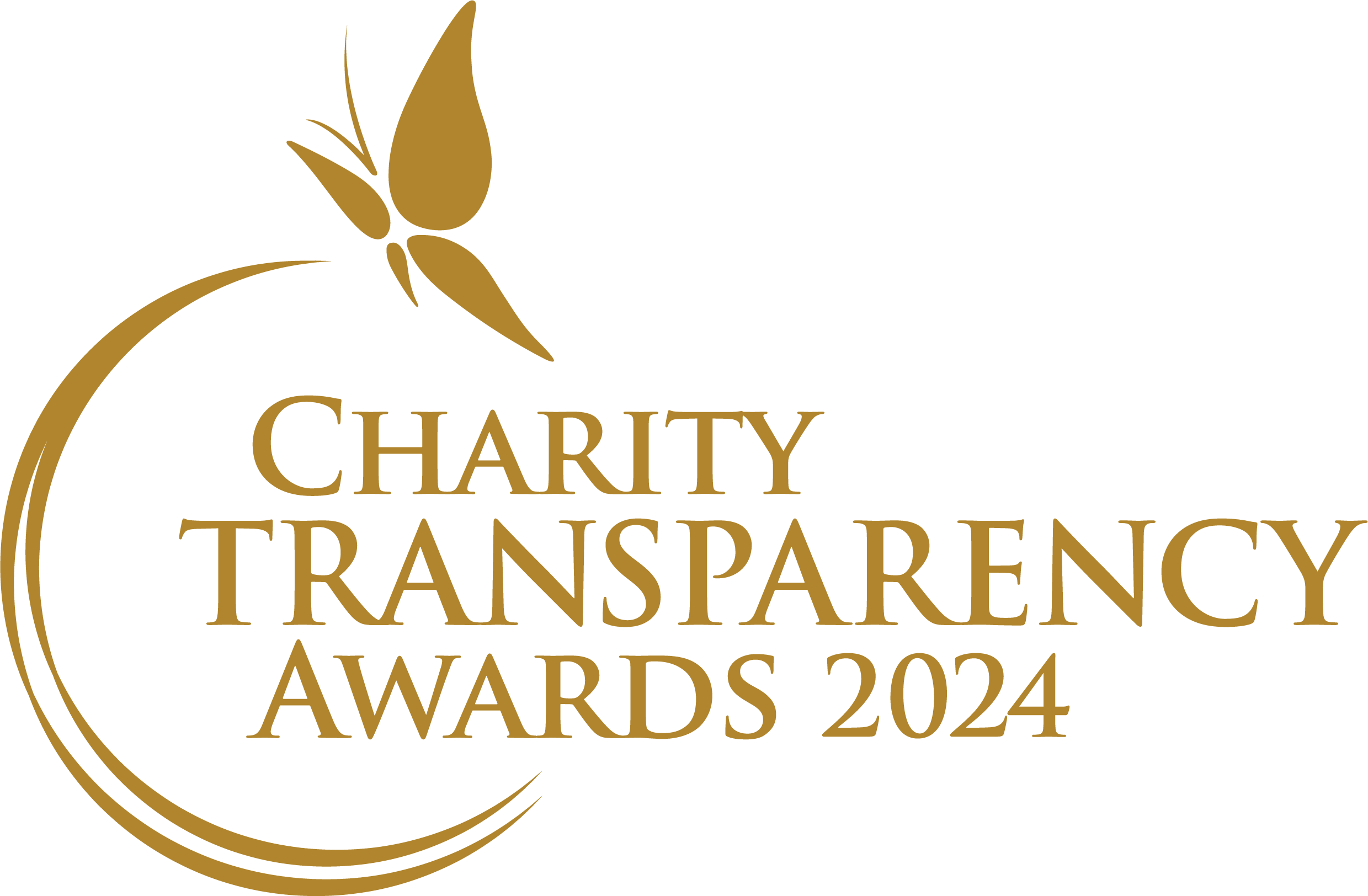Philippines, Bohol 5 AP
Bohol is the tenth largest island of the Philippines and lies in the heart of the Central Visayas. Bohol has experienced widespread poverty due to the combined effects of post-pandemic, increased population, over-exploitation of the land and marine resources, typhoons and natural disasters. Children and families are thus exposed to vulnerabilities including the lack of access to quality education, healthcare and limited livelihood opportunities.
The number one cause of illness among children in Bohol is diarrhea and gastroenteritis due to the lack of access to basic safe water supply. 10% of Bohol households also have no sanitary toilet facilities.
While the main source of income is farming, farmers in Bohol face challenges such as lack of access to credit, inadequate infrastructure, and low prices for their produce. Fishermen also face challenges such as overfishing, competition, and the impact of climate change. Low fish catch, low crop yield, and rising costs make it hard for families to make a living. This leads to children dropping out of school as parents prioritise their children's labour contributions to the household over their education, especially where economic livelihood is in dire need.
The Covid-19 pandemic, coupled by Typhoon Rai, caused numerous school closings and damages, resulting in more than 50% of learners across Grade 1 to 10 having reading difficulties, aggravating Bohol's issue of learning poverty.
